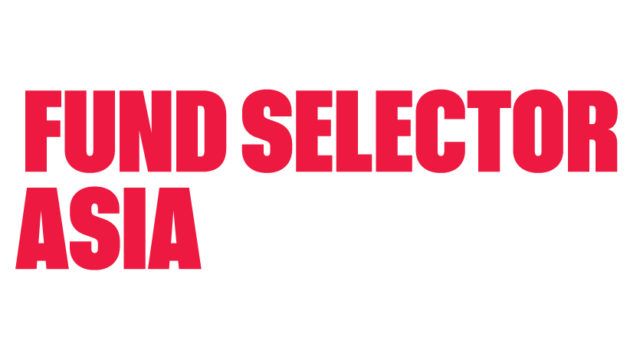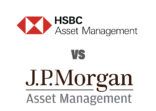Smart beta strategies are seeing penetration in Europe, where there is a relentless focus on fees and a disappointment with alpha or active management, Andrade told Fund Selector Asia.
“Passive management won’t be enough because returns from equities might be low going forward. So if there is not a lot of alpha and traditional beta is unattractive, smart beta can provide a possible solution.
“In smart beta, the portfolio is not just passive but not fully active either. Those are effectively quant strategies.
Yet in the context of fees, smart beta fees are closer to true passive fees than true active, he said.
“That’s part of the reason why they are so attractive. There is some evidence that smart beta portfolios can perform as well as active management, but you are paying less.”
The strategy is also transparent and controllable by investors, he added.
Does Asia like quant strategies?
AQR is a quantitative analysis investment house that manages $120bn in assets globally, with two-thirds of its business from institutional clients.
A quant investor makes hundreds of small bets based on mathematical data. Traditional quant approaches to investment tend to be more controlled active risk strategies.
“Instead of a very concentrated portfolio trying to generate high potential alpha, the quant manager is looking for smaller but steadier alpha,” Andrade said. “Almost every strategy we run has a 100% quant approach or a strong systematic underpinning.”
In Asia, he found that investors have mixed reactions to quant funds.
“There’s definitely still a sense some folks who have invested for a long time feel disappointment during the financial crisis. As a general statement, many quants struggled during the financial crisis and tainted investors’ views of that space for some time.”
On the other hand, there were some quant strategies that performed well in both the alternatives and traditional space through the financial crisis.
Some attention to the investment approach is coming from Japan, where GPIF, the world’s largest pension fund, has stirred interest by starting to do smart beta investments, Andrade said.
Moreover, concerns about fees are emerging in Asia as well and smart beta by definition means lower fees than active investing, he added.
Regional potential
In Australia, the firm manages $16bn in assets mainly from separately managed institutional investor accounts.
In Asia, AQR has no office or fund products, yet manages $5bn in assets in the region for institutional clients on a fly-in, fly-out basis.
The firm is now exploring expansion opportunities in the region.
“We already have actively sought out the small number of institutions that can be reasonably approached with a fly-in, fly-out strategy, in English language, with portfolio managers based abroad.
“We have not gone the next layer down to the much larger number of institutions that may require local products and local servicing, and we are deciding whether to go after those investors.”
Andrade also sees potential in China, possibly partnering with mainland asset managers seeking foreign expertise, such as insurance companies that need to diversity offshore.
In Europe, AQR has launched UCITS versions of their products that had previously been offshore vehicles such as Cayman-domiciled funds.
“With regulatory changes in Europe, institutional investors will often prefer UCITS funds, so we’re slowly expanding our menu of UCITS offerings that we have been running in offshore form for many years.”
He said there is potential to bring them to Asia, but the market needs more study.
“At this point we are still very much in the fact-finding phase.”

















